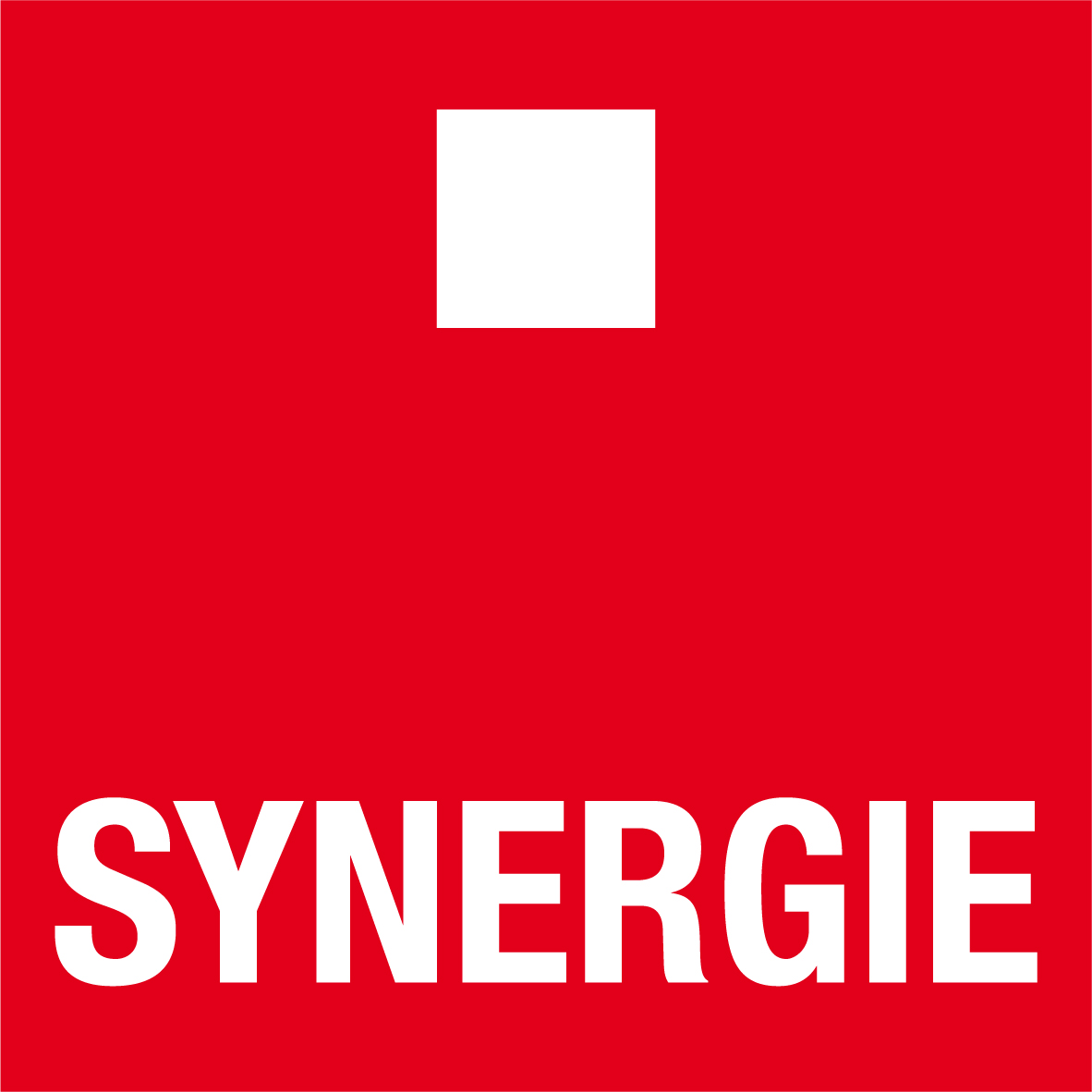In a constantly evolving job market, marked by labor shortages and intense competition among employers, recruitment is no longer just about filling a vacant position. It has become a strategic lever that directly impacts an organization’s performance and future. It’s about building a lasting relationship with an employee while strengthening the employer brand and company culture.
Define needs and enhance the candidate experience
The first step to successful recruitment is clearly identifying the organization’s needs, not just in terms of skills and qualifications, but also in alignment with team dynamics and company culture. This clarity allows for the creation of precise job descriptions that attract the right profiles.
Equally important is crafting a positive and engaging candidate experience. From the first interaction to the final decision, every touchpoint should reflect professionalism, respect, and transparency. A smooth, human-centered process not only increases the chances of hiring the ideal candidate but also reinforces your reputation as an employer of choice.
Streamline the Process and Be Transparent
In a competitive market, speed is a key factor. Several studies show that one in two candidates drops out of a process they consider too long. A clear, structured process that respects candidates’ time strengthens the organization’s image of agility and modernity. Each step must bring real value, both to the recruiter and to the candidate.
Transparency plays an equally crucial role. Communicating about salary, company culture, and the challenges associated with the role builds trust and reduces the risk of disengagement or premature departure. The integration of technology, when used wisely, can support the process, automating confirmations, centralizing application tracking, while keeping human connection at the heart of recruitment.
Collaborate and Invest in Onboarding
Recruitment is not just an isolated HR decision. Involving managers and select team members helps better assess technical skills and cultural fit. This collaborative approach reduces the risk of errors and sends a strong message to candidates: the decision is thoughtful and inclusive.
Finally, recruitment doesn’t end with the signing of the contract. Onboarding is the logical and crucial next step in the process. A structured welcome plan, mentorship, and regular follow-up foster engagement and retention. The first 90 days are particularly decisive: an employee who feels supported from day one is much more likely to thrive and remain loyal to the organization.
An effective recruitment process is not limited to tools or well-defined steps. It reflects the organization’s values, puts people at the center, and directly impacts the ability to attract, convince, and retain top talent. Clarifying needs, offering a thoughtful candidate experience, streamlining the journey, showing transparency, and investing in onboarding turn each hire into a lasting success and a mutually beneficial relationship.







